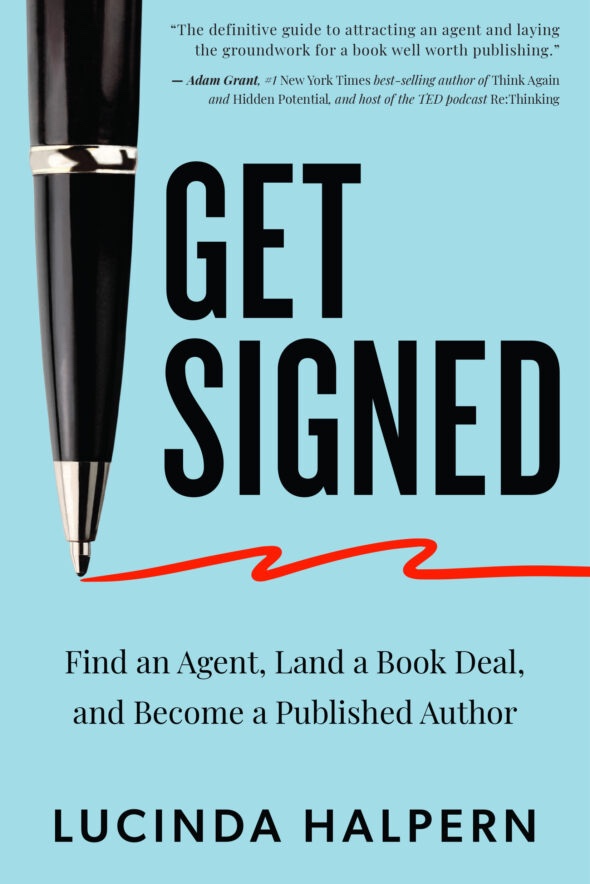Search
Write Your Query Letter Like an Amazon Description
 When you send a query letter to an agent, you can be sure of one thing: it will land in an overflowing inbox alongside a deluge of other queries. It has to be compelling enough to stand out. First, so it doesn’t get overlooked and second, so it can achieve its primary goal: getting the agent to request more material.
When you send a query letter to an agent, you can be sure of one thing: it will land in an overflowing inbox alongside a deluge of other queries. It has to be compelling enough to stand out. First, so it doesn’t get overlooked and second, so it can achieve its primary goal: getting the agent to request more material.
To that end, here’s a tip: Begin with the end in mind. In other words, write your query letter as you would write an Amazon description—meaning the overview that sits just to the left of the “Add to Cart” button. These descriptions are a collaborative effort between the publisher and the author. And the best ones provide an irresistible answer to the most critical question: Why should someone pay $28 for your book?
Yes, even at the query stage, you should be thinking about how to sell your book. Your job is to convince an agent (and later, readers) of these three things: 1) why your book is needed and needed now, 2) what’s different about your expertise or approach, and 3) if possible, how your book will transform readers in a powerful way. This is as true for fiction as it is nonfiction.
Chris Bailey’s Hyperfocus is a great example. In the first paragraph of his Amazon description, he outlines the pressing problem today with attentional overwhelm and the compulsion to multitask. Then in the second paragraph, he lays the foundation of his research and shares precisely what you will learn in Hyperfocus. In the final line of the description, Chris lets us know how readers will be transformed by his book, “By transforming how you think about your attention, Hyperfocus reveals that the more effectively you learn to take charge of it, the better you’ll be able to manage every aspect of your life.”
So the takeaway is: Hyperfocus won’t just help me pay better attention, it will also change my life.
Start with the hook
The opening lines of your query are crucial—for fiction or nonfiction. What’s most revelatory about your book in a nutshell? On Amazon, when a potential reader lands on the order page for the book, there are a million reasons they can choose not to buy your book. Similarly, in an agent’s inbox, there are myriad reasons for he or she could decide not to request your proposal. Don’t allow for this possibility.
What’s most compelling and unique about your book? Do you solve an age-old problem? Turn a long-held myth on its head? Will you reveal cutting edge science that will change the way we see the world? For fiction queries, what’s the premise of your story and what makes it timely? What is it about your novel that will have readers turning the pages?
Then dive deeper, share details of the book
Once you’ve piqued the reader’s curiosity, it’s the moment to dive deeper. Tell us why your book matters and why it matters now. For nonfiction writers, delve into the key specifics of the problem you’re solving and why it’s important. And then, of course, deliver a detailed look at your solution and how it differs from the many other websites and books that exist on your topic. Here you should also address why you are the person to write this book. What are your credentials? Why should a reader trust you?
Next, share the nuts-and-bolts of your book, the format, what’s inside, etc. And as the description for Hyperfocus did, it’s great if you can end with the emotional payoff readers will get from your book: Will your book transform the reader—how?
Before you hit send, read your query letter again. Is it powerful and concise? For fiction writers, does it get at the heart of what’s most intriguing about your story?
Your publishing journey begins with your query letter. And it’s just as important to us as it is to you.








